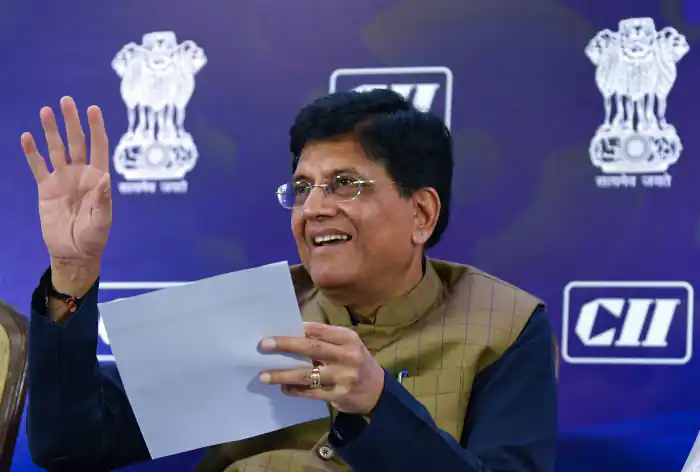24 January 2024, Mumbai
Reliance Trends Redefines Its Appeal
Forget the image of overflowing bargain bins and a discount-driven frenzy. Reliance Trends, the ubiquitous apparel giant within the Reliance Retail behemoth, is shedding its "value king" crown and weaving a new narrative where trend-conscious threads, seamless omnichannel experiences, and strategic expansion hold the needle.
While affordability remains a cornerstone, Trends is now more than just a destination for budget-conscious shoppers.
It's redefining its appeal, catering to diverse segments, embracing digital integration, and venturing beyond metros to become a one-stop shopping champion for the evolving Indian consumer.
Here is a look at this transformation and how Trends is stitching together a future that promises convenience, variety, and value for the modern Indian shopper.
Riding on a reshaping market
The Indian apparel market is projected to reach a staggering $190 billion by 2025, and Reliance Trends is weaving itself into its very fabric. But the landscape is shifting.
Online and offline experiences are morphing into one, demanding seamless omnichannel journeys. Shoppers crave more than just clothes; they seek homewares, beauty, and more under one roof.
Beyond the familiar metros, Tier II and III cities are buzzing with rising disposable incomes, attracting retail expansion.
This dynamic defines the market Trends is navigating, one where value remains king but convenience, variety, and a strategic eye beyond brick-and-mortar reign supreme.
Strategies for Success
Reliance Trends isn't just a value king anymore. They're spreading out across India with over 1,400 stores with brands like Trends, Centro, and JioFashion, catering to every wallet and whim. From trendy threads in "HyperModa" to premium picks, they're stitching affordability into every segment.
They're also playing tech maestro, wielding JioMart for seamless online integration, click-and-collect options, and in-store kiosks that blur the lines between physical and digital.
But Trends isn't just about clothes anymore.
They're sniffing out the demand for holistic experiences, adding homewares and kidswear in select stores to become the one-stop shop for families.
What’s more, Trends is venturing into Tier II & III cities, with over 1,400 outlets and tapping into the rising disposable incomes in these untapped markets.
5 key insights:
- Value Redefined: Beyond bargains, trendy threads for every wallet.
- Omnichannel Maestro: Blurring lines, click-and-collect, digital in-store.
- More Than Apparel: Homewares, kidswear, family shopping destination.
- Tier II & III Expansion: Rising income, untapped markets, local champion.
- Convenience & Variety: One-stop shop, convenience is king (besides value).


































